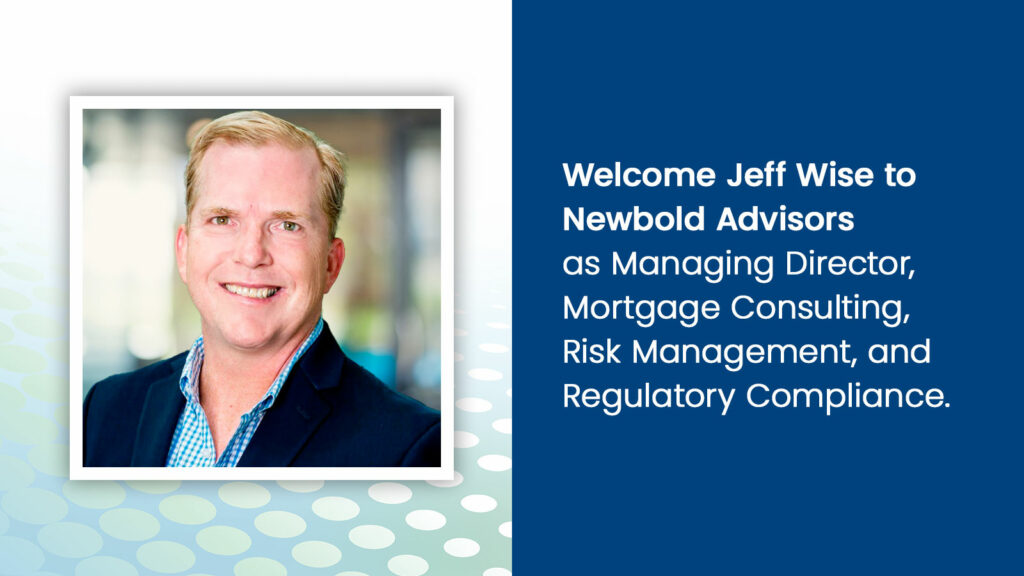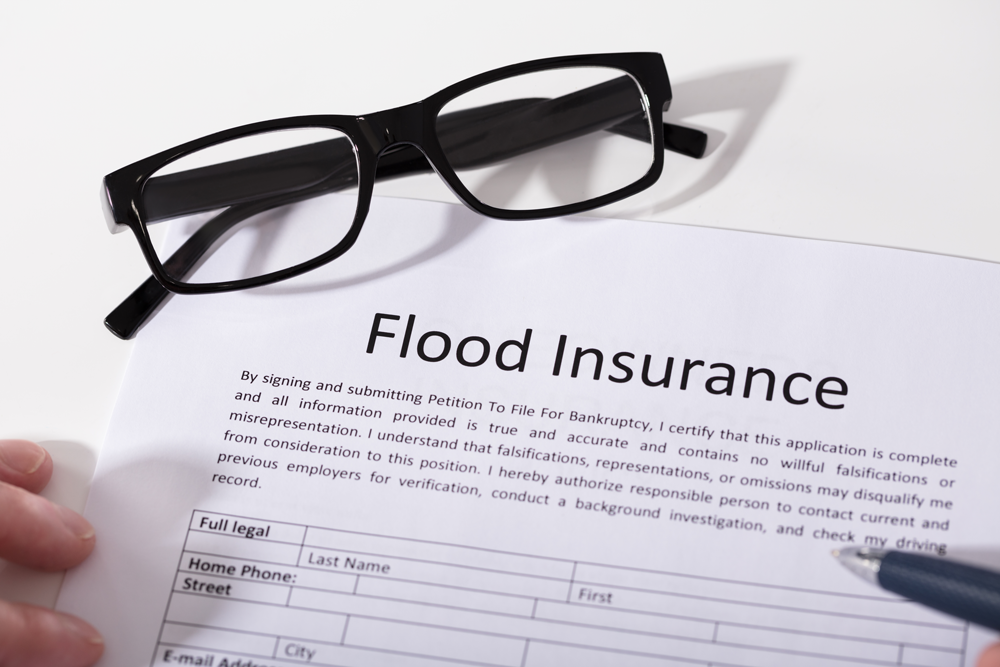Newbold Advisors Insights

Will the 2025 Housing Market Crash Like 2008?
Published by Housing Wire, by Michael Wade, Partner – The 2025 U.S. housing market is flashing warning signs reminiscent of...

Newbold Advisors and Qredible® Join Forces to Provide Compliance, Operations and Risk Management Services for Cannabis and Hemp Operators
Newbold Advisors is pleased to announce a strategic partnership with Qredible®, a compliance-based digital registry and transaction platform purpose-built for...

Disaster Recovery for Mortgage Servicers: Navigating Crisis with Compliance & Resilience
Lessons from California Wildfires and Other Natural Disasters California’s wildfires highlighted the chaos that natural disasters continue to unleash –...

Newbold Welcomes Jeff Wise, Managing Director
FOR IMMEDIATE RELEASE – Newbold Advisors Appoints Industry Leader Jeff Wise as Managing Director to focus on Mortgage Consulting, Risk...

Beyond borders: Turning to modern offshoring for mortgage talent in a tech-driven age
The mortgage industry can harness global technologies and the African talent pool to create the future workforce OpEd featured in...

Messagepoint enters into strategic partnership with Newbold Advisors
TORONTO, July 11, 2023 – Messagepoint Inc. announced today that it has signed Newbold Advisors as a referral partner for its...

Flood Insurance Requirements for Lenders
On the heels of a recent HUD audit on flood insurance, regulators put lenders on notice. They found 31,500 federally backed...
Let's Talk
Ready to take your operations and technology initiatives to the next level?
Contact us today to discuss your business and technology consulting needs. Let Newbold help you build a team to drive your organization's success!



